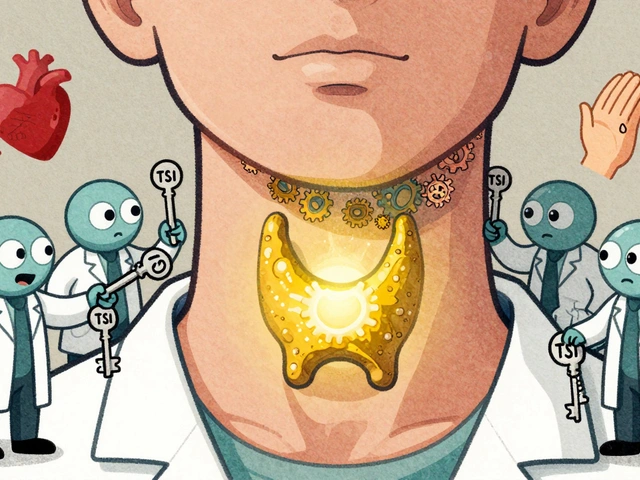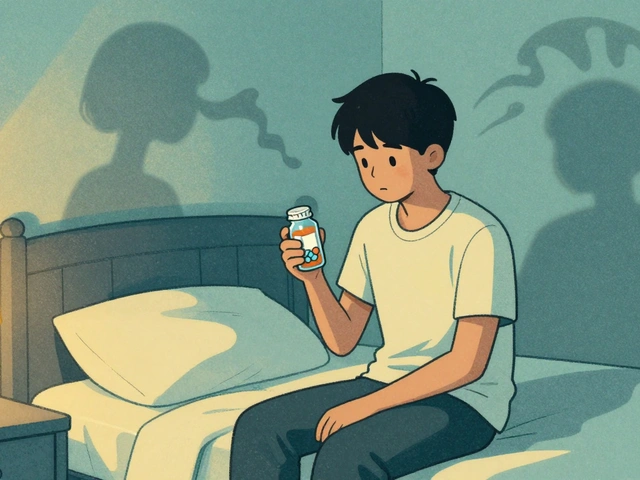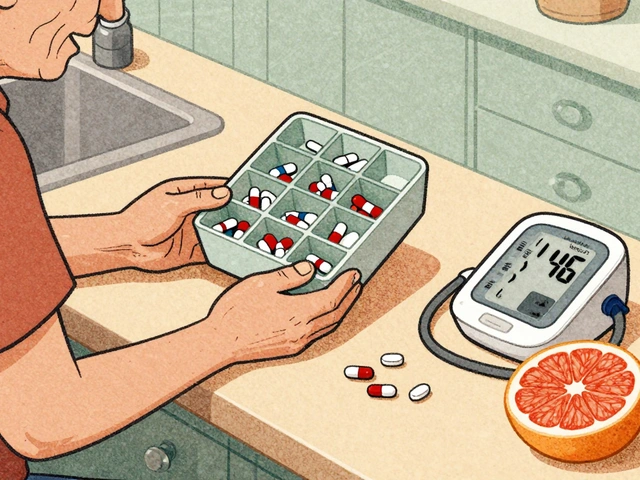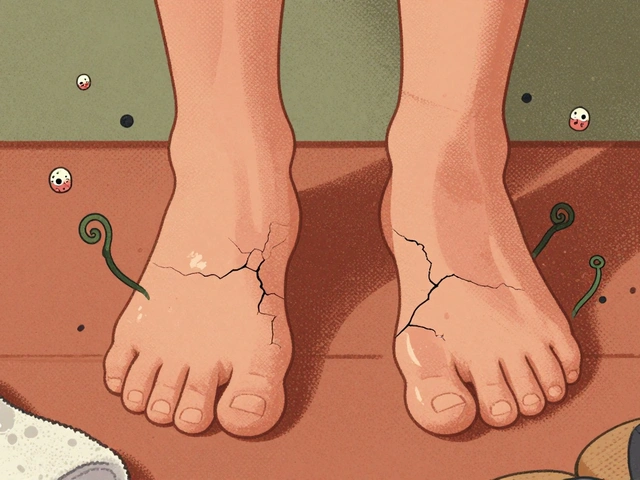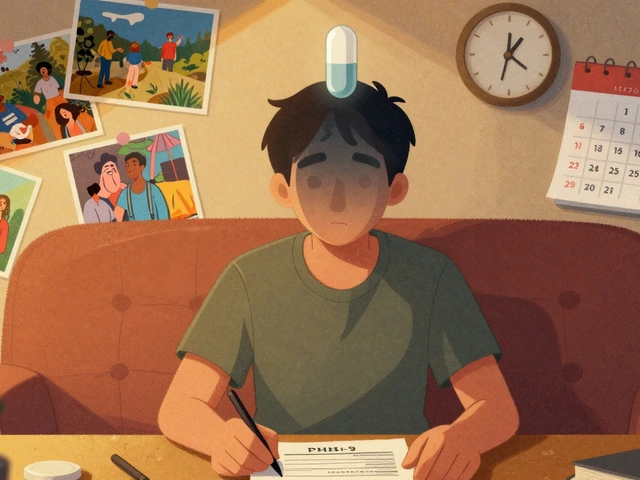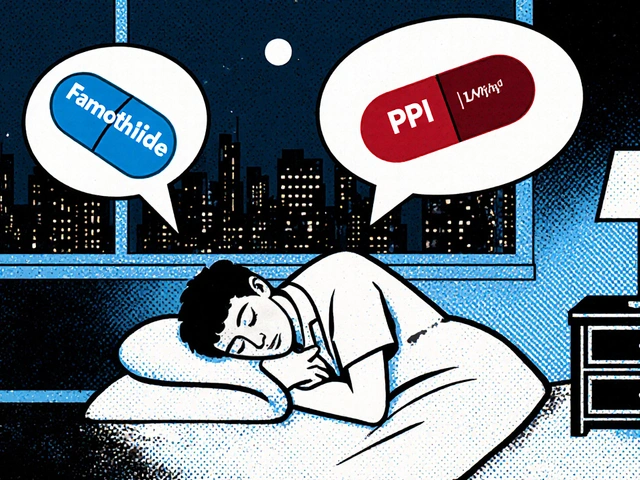Antiretroviral Therapy: What It Is, How It Works, and What You Need to Know
When you hear antiretroviral therapy, a combination of medicines used to treat HIV by stopping the virus from reproducing. Also known as ART, it’s not a cure—but for millions, it’s the difference between illness and a normal life. This isn’t just about popping pills. It’s about controlling a virus that, without treatment, slowly destroys your immune system. Modern antiretroviral therapy brings HIV levels down so low that the virus can’t be passed on, and people on consistent treatment often live as long as those without HIV.
Antiretroviral therapy works by targeting different stages of the HIV life cycle. Some drugs block the virus from entering cells, others stop it from copying its genetic material, and a few prevent it from assembling into new virus particles. That’s why you never take just one—combining three or more drugs keeps the virus from mutating and resisting treatment. This approach is called combination therapy, and it’s the gold standard. If you’re on ART, your doctor picks a regimen based on your health, other meds you take, and whether you’ve tried treatment before. You might be on tenofovir, emtricitabine, dolutegravir, or a similar combo. These aren’t just random choices—they’re backed by decades of research.
But it’s not all about the drugs. drug interactions, how antiretroviral drugs react with other medications or supplements. Also known as HIV medication interactions, they can be dangerous if ignored. For example, some antivirals slow down liver enzymes like CYP3A4, which can cause other drugs to build up to toxic levels. If you’re taking statins, blood thinners, or even certain herbal supplements, your ART might interact with them. That’s why your pharmacist and doctor need a full list of everything you take—even over-the-counter painkillers. Missing one detail can lead to side effects, treatment failure, or worse.
And then there’s adherence. Taking your pills every single day, at the same time, is non-negotiable. Skip a dose, and the virus gets a chance to fight back. Miss enough doses, and your treatment stops working. That’s why many people use pill organizers, phone alarms, or apps to stay on track. It’s hard, yes—but it’s also the most powerful tool you have. Studies show that people who stay on ART with 95%+ adherence have undetectable viral loads for years, even decades.
You’ll also find that antiretroviral therapy isn’t one-size-fits-all. Some regimens are simpler—one pill a day. Others require timing around meals or avoiding certain foods. Side effects like nausea, headaches, or sleep changes are common at first, but they often fade. Newer drugs have fewer long-term risks than older ones, like bone loss or kidney damage. That’s why treatment keeps evolving.
Below, you’ll find real-world guides that cut through the noise. We’ve gathered posts that break down how these drugs interact with other medications, what alternatives exist, and how to manage side effects without quitting treatment. Whether you’re newly diagnosed, helping someone else, or just trying to understand how these life-saving drugs work, you’ll find clear, no-fluff answers here—no jargon, no guesswork, just what you need to know.

